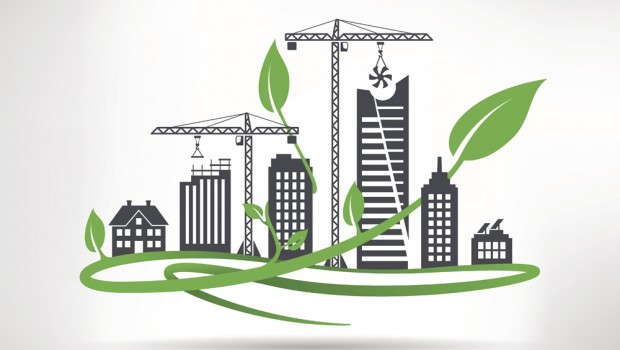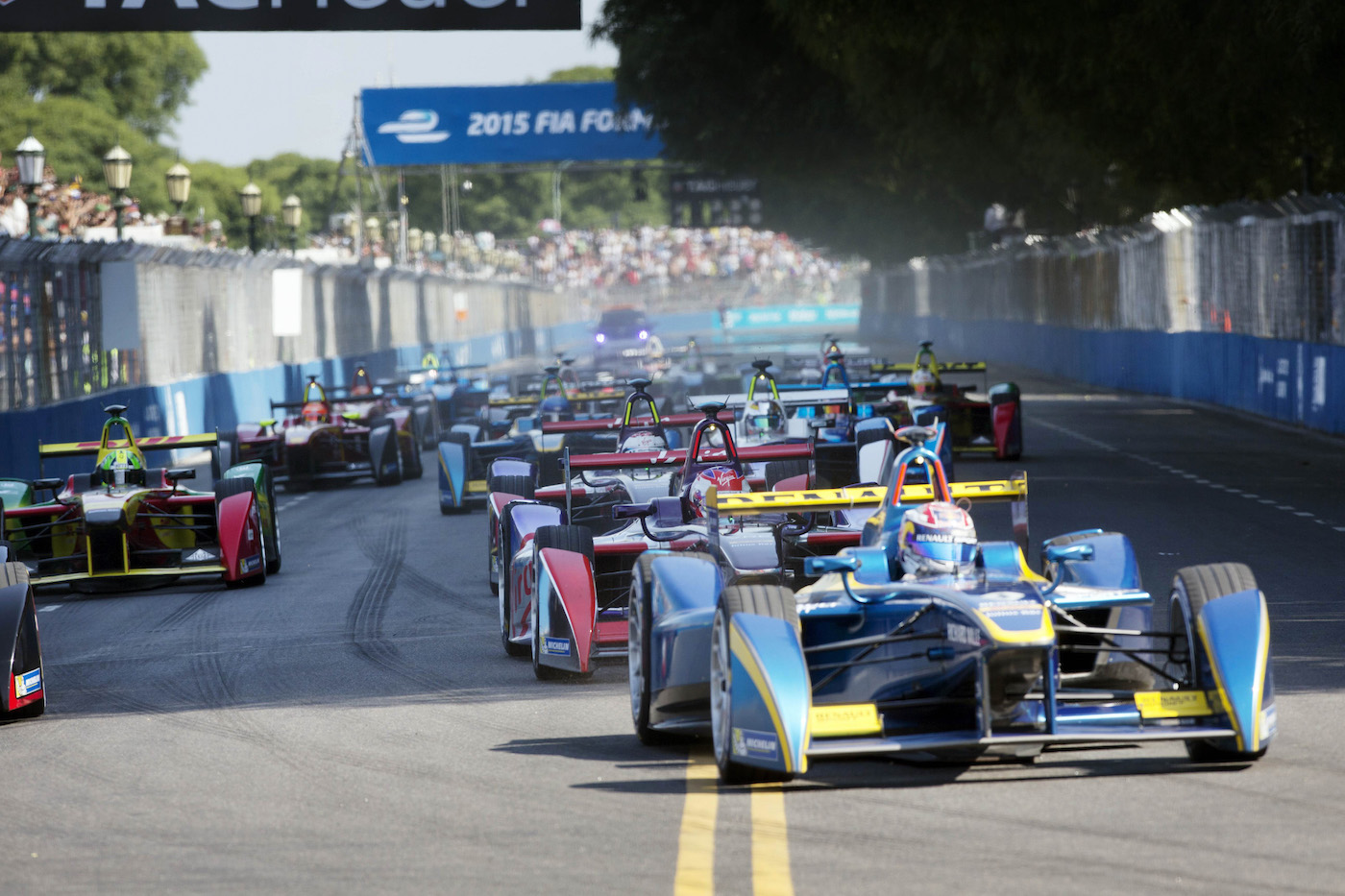In 2000, sustainable building practices were thought of as “nice to have” policies that were largely relegated to overtly “green” or environmentally-driven organisations.
Fast forward 15 years and daily headlines promote blue chip enterprises efforts to drive energy efficiency into their building portfolios. It’s become a sort of arms race to build the greenest headquarters possible, with everyone from Apple to Google to General Mills to PNC getting involved.
If you zoom out slightly, the sustainable building trend is much deeper than just flaunting a carbon-neutral HQ. Almost 90 of the Fortune 100 enterprises had LEED certified buildings as of 2013, many of them LEED Gold or Platinum – which is impressive given that LEED only started in 2000.
Why the interest from top enterprises? There’s no single answer, but these four factors go a long way in explaining it.
From our partners:
1. The Boom and Bust Economy
When enterprises are making money hand-over-fist, it’s hard to get too caught up in line items that can be reduced to “the cost of doing business.” But in 2008, when enterprises were going bankrupt overnight, avoidable costs—like much of your company’s utility bill—started becoming costs to avoid. Operating inefficient buildings, especially new buildings, became bad business. And that trend hasn’t worn off.
Sodexo, the $14bn food services enterprise, was one of the first to see the writing on the wall. “In the past, [college campuses] viewed [their energy spend] as: ‘Just pay the utility bill.’ But I think more and more of them are becoming keenly aware of the fact that that represents over 40% of the total facility spend,” said VP of Energy and Construction Services Jason Richards in a recent conversation with Forbes. “The old adage is true that if you have the ability to save a dollar in your net energy expenses, it’s almost like generating $10 in revenue.”
2. Fragile Electricity Prices
Energy price volatility is no surprise to anyone who pays attention to the markets, but 2013-14 was a different beast altogether. When Fortune 200 enterprises like Macy’s and DuPont failed to meet their quarterly projections because of the cost of electricity, inefficient buildings came under much more scrutiny.
Target was just one industry leader to rethink their approach to building efficiency. In 2013, the enterprise had 16 LEED certified stores out of their 1,795 locations. But in post-polar vortex 2014, CEO John Mulligan announced that they were now seeking LEED certification for every one of their 124 stores in Canada.
3. Culture Shift
Today’s C-suite, especially in and around Silicon Valley, was raised with noticeably different values than executives were even 15 years ago. For many of them, “sustainability” is a concept applied to every part of their life, including business practices. Take the rise of the Chief Sustainability Officer (CSO) as an example.
In 2004 a CSO was appointed by a public company for the first time. Just six years later, 42% of public companies had a CSO or someone similar at the executive table. These are the folks insisting on sustainable buildings at every turn, and demonstrating the profitability of these more efficient facilities to the C-suite.
Cindy Ortega, Chief Sustainability Officer of Fortune 500 hotelier MGM Resorts, has done just that. “Our aspiration could’ve been: we want the greenest company in the world, but it isnt,” Ortega recently said. “We want to be a thought leader. We want to be an investor in the best technology, the best ideas. Because we have so much more ability to solve the environmental problem through our customers and the policy we support.” Ortega’s insisted on turning MGM into a brand that stood for sustainability, and communicated that at every turn. In her tenure she’s overseen the largest LEED Gold building project in the world, a shopping complex in Vegas worth $8.5bn.
4. The Prius Effect
Perhaps even before sustainable building became good for a company’s bottom line, it became sexy, relatively speaking (we’re still talking about the corporate world here). Much like the Toyota Prius, when the right people started pushing greener building practices, the rest listened.
It’s unclear whether the trend began when Google revolutionized the energy efficient data center, the rise of the Corporate Knights Global 100 in 2005, which openly touted that the greenest enterprises made the best investments (and were right), or the Empire State Building’s $550m retrofit, which actually beat savings projections year-over-year. However it started, sustainable building practices have become table stakes for high-profile enterprises.
Starting Simple
Greener building doesn’t have to start with millions of dollars in capital expenditure. The average commercial building today runs at only 70% of its optimal efficiency; much of that inefficiency can be shed by operational improvements and retrofits with quick ROI. Our energy experts have turned hundreds of inefficient buildings around through operational improvements alone.
This feature is adopted from Energy Smart.















